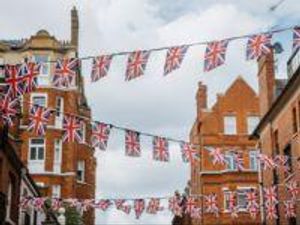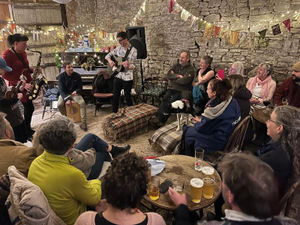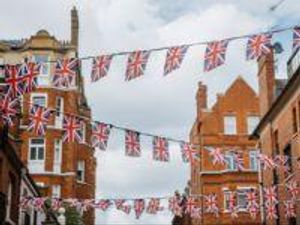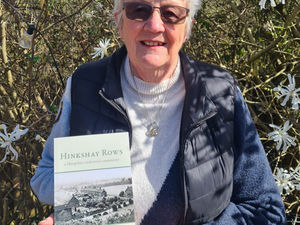Whitchurch then and now: Revealing archive photos show how Shropshire town has changed
Whitchurch is Shropshire's oldest continually inhabited town, but despite its age, it has managed to retain its unique character.
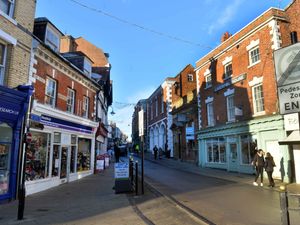
For the last two thousand years, Whitchurch has been a settlement and focus for trade, chosen by the Romans for its ideal location as a military fort.
By the 13th Century it had developed into a small market town, with a weekly market and an annual fair which served its local agricultural community.
It also became an important place of overnight refuge for weary travellers on the route from London to Ireland during the mid-1600s, when the number of inns increased.
Whitchurch's wealth of history can still be seen today in the town's historic streets and architecture, despite it having adapted to the changing times.
A vast collection of archived materials for research can be discovered at the town's heritage centre on St Mary's Street or online at whitchurch-heritage.co.uk.
Today we look at some images from the Shropshire Star archives and compare them to how the town looks today.
Whitchurch High Street
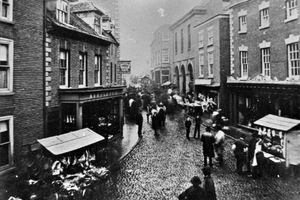
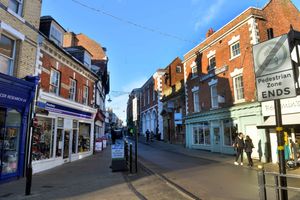
At the heart of the town is Whitchurch's High Street – a focal point for trade – where we can see stallholders selling their goods on the cobbled street in this picture from the late 1800s.
What looks like a stand for fish and meat in the foreground of the picture is located outside what now would be the Headway charity shop opposite Liverpool House.
The picture could show market day in the town – it is clearly busy with visitors and stalls which appear to be blocking off the top of the High Street – but we cannot know for sure.
At the centre of the 100-year-old image is a signpost to The White Bear, which now hides away in an alley next to Timpsons and leads to a large courtyard.

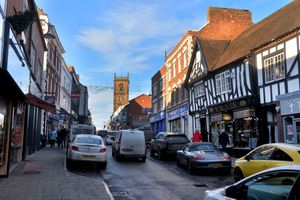
The second image of Whitchurch High Street dates back to 1908 – election day, where we can see people gathering to cast their vote outside the polling station.
The original picture caption states the candidates were Conservative Beville Stanier and Liberal Francis Neilson, referring to the 1908 by-election.
Note how the Model T Ford car in the centre has been painted with the words 'Vote for Neilson', while the parked car at the side of the street has the bold lettering 'Stanier'.
Stanier came out victorious in the by-election, which was held after the death of MP, William Kenyon-Slaney. Stanier gained 54.9 per cent of the votes cast.
Beville Stanier went on to play an important role in the county: he was Ludlow's MP until his death, aged 54, in 1921 and was created a baronet in the 1917 Birthday Honours.
Green End, Whitchurch

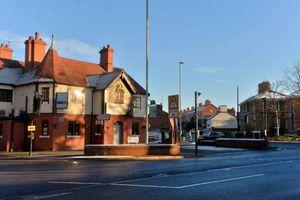
One notable difference in the town was the removal of Green End's fountain in the 1930s to its present location on the west side of Brownlow Street.
This picture from 1934 could have been one of the last taken of the fountain in its original location before it was moved for interfering with traffic flow.
Built in 1882 by John Churton, the fountain acted as a memorial to his parents and wife and was designed by Chester architect John Douglas.
It was officially opened on April 3, 1883, at the junction of five roads, and was originally fitted with gas lights which have since been lost to time.
John Churton was too ill to attend the opening in 1883, but his nephew Henry Churton told the crowd that the fountain would be "a standing memorial to the great cause of temperance," which is ironic since the original position was on the doorstep of the Railway Inn (although it may not have been an inn in those days).
The memorial fountain took the form of a drinking fountain, with copper sprouts on the front and back which appear to show lion's heads.
It is constructed mainly of stone and is Victorian Gothic in its style; it has since been recorded on the National Heritage List for England as a Grade II Listed building.
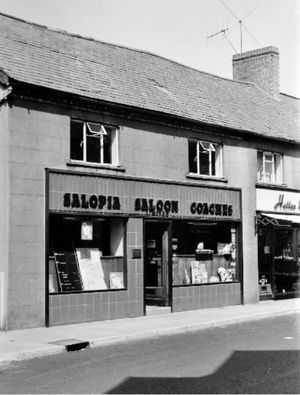
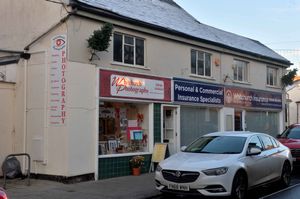
Also located on Green End was the site of Salopia Saloon Coaches' old offices – this picture was taken in the 1960s.
The coach company celebrated its Golden Jubilee in 1965, in which it had a fleet of 60 modern coaches at the time and was clocking up to a million miles per year.
Salopia Saloon Coaches is one of Shropshire's success stories. It was set up by a 16-year-old boy, Harry Richards, in March 1915.
Young Harry talked his dad into lending him £150 to buy a 1907 Wolseley-Siddeley which was in a state of disrepair.
From that grew a large company, which operated across the county and beyond, running local stage carriage services, as well as holiday trips.
Today, the office is home to Whitchurch Photography.
Watergate, Whitchurch
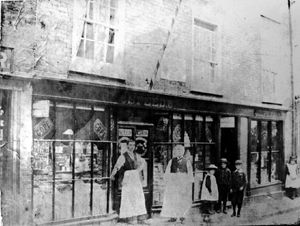
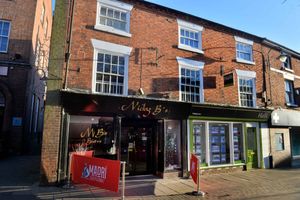
Possibly the oldest photograph we have of Whitchurch from the Shropshire Star archive is this image – dating from the late 1800s – of 6 to 8 Watergate.
It is difficult to make out what the shop must have been, but it looks as though it belonged to – and was named after – a gentleman called Speed.
Shop workers can be seen pictured outside the front with their white Victorian pinafores, next to them a group of young children dressed smartly in their fineries.
The building is now home to Nicky B's coffee shop, which offers an environmentally friendly solution to non-recyclable disposable cups.
If you can make out the identities of anyone in the old picture, or know more about the store, get in touch at megan.howe@mnamedia.co.uk.
Civic Centre, Whitchurch

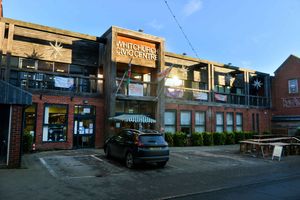
The Whitchurch Civic Centre was opened in the High Street on November 16, 1970 and is home to sports clubs, community groups and Whitchurch's Friday Market.
In 2012, plans for the first phase of renovation work for the civic centre were put forward, with the project costing £1.6 million altogether.
The improvements included work to the façade, internal alterations to create a more welcoming foyer, interior decoration to the main hall and market hall, and replacement heating, lighting and ventilation.
But despite the major transformation, remnants of the original building remain, but mainly in spirit.
Mill Street, Whitchurch's old cinema


The Regal Cinema in Whitchurch was situated on the corner of Park Avenue and Mill Street, pictured here in the 1970s.
It was opened as the Palladium Cinema in 1923 and acquired a sound system in the 1930s.
Over the next 40 years it changed hands a few times before it was eventually closed in the 1960s.
Reports from the Shropshire Star around the turn of the century say that the cinema was knocked down over safety concerns in 2001, before developers eyed up the site for housing.
In early May of 1908 the cinema became a meeting point where people gathered to listen to suffragettes who wanted to take advantage of the publicity coming from the 1908 by-election campaign.

In this image – suffragette "Miss Howey" – can be seen on the very right, addressing quite a large crowd.


